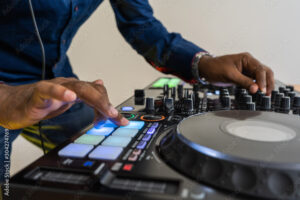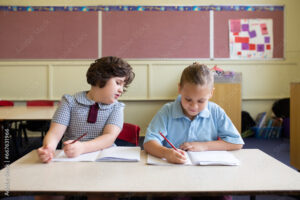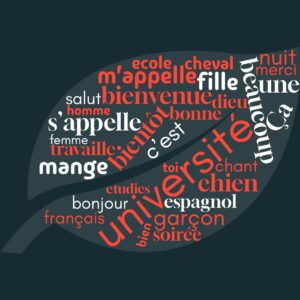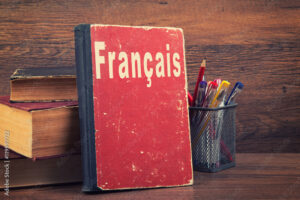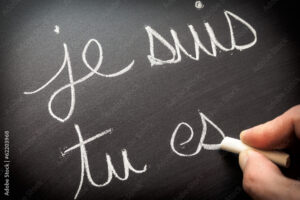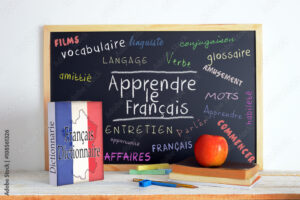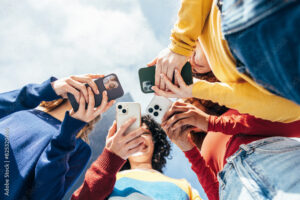The concept of remix as demonstrated in Everything Is Remix gave me an insight into how individuals borrow concepts from one another and create something new which they think is original but in reality, that so called new thing was influenced by someone’s idea. It was an eye opener to me, although I knew something about music remix, but I did not know it goes beyond what I know. When watching the movie, one thing that came to mind was that, if everything we do is been copied from someone then there is nothing like originality and that the artist who drag their fellow artist for legal actions against copyright issues, they themselves copied someone either consciously or unconsciously. In the education settings, the concept of remix also exists as far as educational practices are concerned since educators often borrow, adapt and combine ideas from diverse resources in order to create their own, much like an artist remixing some sounds to create new sound. These practices can evidently be seen in education.
Regarding curriculum design, I believe educators design their programs based on existing and established theories and models which are resources developed by someone. For example, open educational resources (OER) are mostly adapted to suit the unique learning needs of a specific classroom. By copying or remixing these resources and materials together, educators can make curriculums that will resonate with the diverse student population as it ensures that the core academic standard will be maintained. This practice supports the principle of remixing that curriculum designing is not entirely something new but is dependent on the synthesis of different learning resources that aims to boost learning outcomes.
Concerning the pedagogical approaches, educators often employ variety of teaching methods, practices and strategies that will be engaging and relatable enough for their students. By employing the various methods and strategies for teaching, educators tend to copy from a lot of strategies from constructivist methods to inquiry-based learning. Educators use the works of others to purely understand the new thing they want to do by adding their own creativity. Educators may combine the traditional teaching practice with collaborative projects copied from a resource. This would create a hybrid form of teaching where student engagement would increase. This approach reflects the process of remixing principle where some strategies have been borrowed and integrated into the traditional teaching style and has created a new form of teaching practice which aligns with the evolving needs of students.
Through remix, assessment strategies by educators have evolved. The rigid traditional examinations have been complemented with variety of assessment such as group assessment, project-based assessment and portfolios. These methods have provided a new form of assessment through the integration of copying how other educators do their assessment, other schools do their assessment, how other countries do their assessment, ensuring a holistic assessment of students learning. In this regard, assessments will become a dynamic tool that will ensure creativity among both students and teachers unlike the traditional way of measuring knowledge of students.
In several contexts in education, copying is prohibited and seen as an offence to the extent that there are strict rules and regulations governing copying which often stigmatizes it. The regulations on copying are mostly aligned with plagiarism policies in schools. However, if copying can be seen and considered in a remix lens other than “copying” then it can be interpreted as a learning process where a student or educator familiarized themselves with something they know already before they create their own. I think the key thing to consider when copying is the ethical consideration. For example, when a student embarks on a research project and acknowledges the resources used in the extraction of their ideas, students can therefore transform those ideas what may be seen as a replica and merge it into something critical and engaging which would add up to the existing knowledge. Personally, I think that the stigma concerning copying should be reconsidered by educators and the school at large by making students understand that it is a way of learning. Rather copying should be reconsidered so that it will enable both students and educators to have collaborations and partnership in learning with others by finding something new. With this, students would be able to learn and know more about what already exist which would serve as a foundation to be creative in transforming their own ideas because the essence of remix it to understand similarities in ideas or things, understand familiar things, make new information easy to grasp and finally to create more of the same idea but in a different way.
Consequently, the emergence of artificial intelligence (AI) has given a different perspective on the concept of remixing both in the classroom and outside the classroom. From personal experience, AI tools enable me in curating and synthesizing series of information, therefore facilitating the creation of customized teaching learning experience in the classroom. AI makes content creation and that of educators work easier because it provides some sort of skeleton idea on what and how needs to be done. Since AI lacks the human creativity in its work, I do not think it is good to entirely use AI in your contents. As educators, I think AI had enhanced our resource compilation skills. Educators use AI tools to search and understand educational materials across different sources which makes it easy in designing programs and curriculums. Again, AI enhances both educator and students’ engagement by making them critical. This is because AI provides feedback and suggests innovative integration of contents and this help both educators and students to explore critically. This provides an insight into how remixing ideas fosters creativity among students and educators.
Outside the classroom, AI-driven remix is evidently seen in content creations on the various social media platforms particularly in artwork and music. The algorithms in AI tools help to generate new image by combining pictures. In this case I feel if machine replicate the works of human without any ethical consideration, then there is a violation of right of ownership regarding that specific art designed. The emergence of AI in content creation and how we heavily rely on it makes me feel this generation have lost our power of creativity and critical reasoning because there are instances where you would see a blog with its pictures and written content been generated by AI and this makes me very sad because I wonder what makes us human different from the machines if whatever we share does not have any form of feeling or emotions attached to it.
In conclusion, remixing in education is not just a replica of ideas but rather an act of discovering new ideas and being innovative. Educators as remixers who continually to adapt and integrate ideas from other people to form a new idea to help in learning experience and this is phenomenal effort to be dynamic in teaching. This helps to challenge the stigma associated with copying as educators can foster an environment where copying can be seen in the lens of remix, which can be considered as a learning tool. This would enhance the creativity in students as they can bring out something unique and different to existing ideas.
